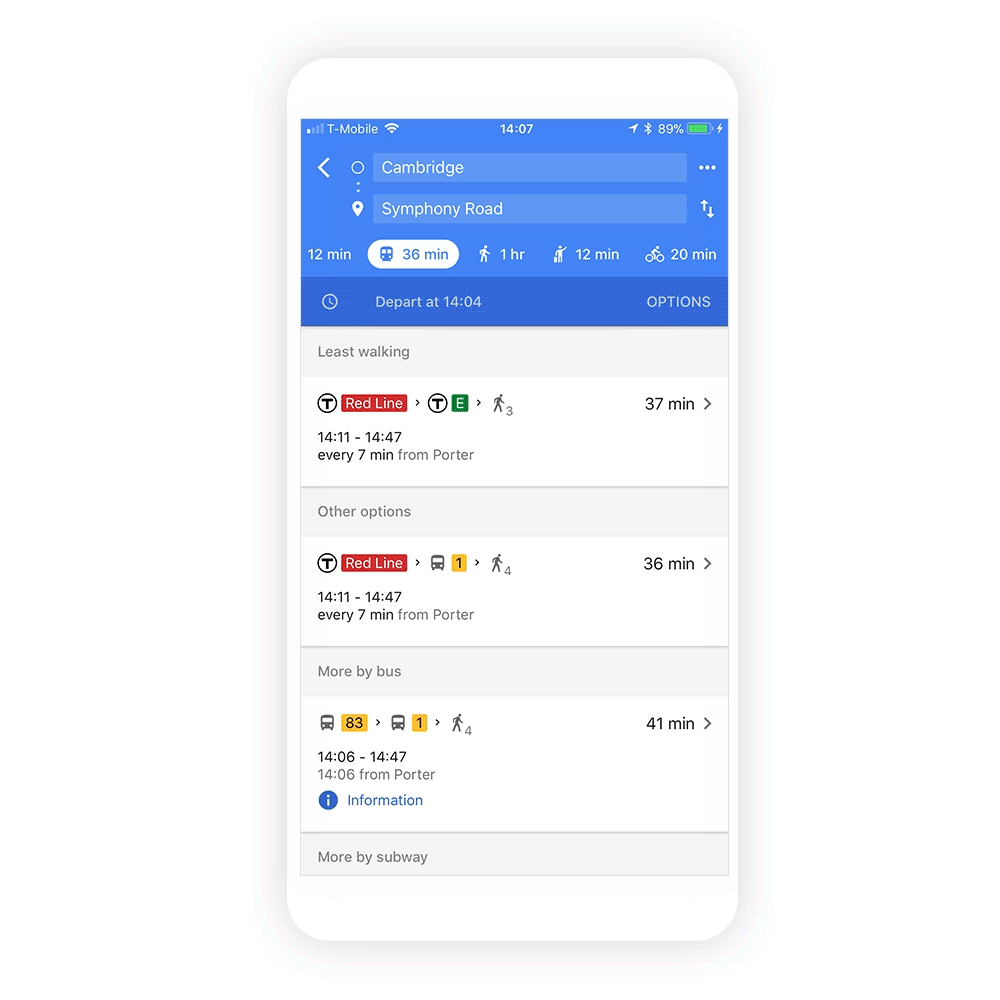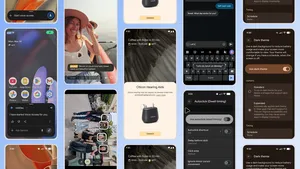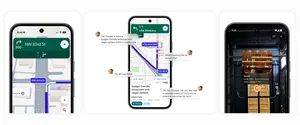Introducing “wheelchair accessible” routes in transit navigation

Google Maps was built to help people navigate and explore the world, providing directions, worldwide, to people traveling by car, bicycle or on foot. But in city centers, buses and trains are often the best way to get around, which presents a challenge for people who use wheelchairs or with other mobility needs. Information about which stations and routes are wheelchair friendly isn’t always readily available or easy to find. To make public transit work for everyone, today we’re introducing “wheelchair accessible” routes in transit navigation to make getting around easier for those with mobility needs.
To access the “wheelchair accessible” routes, type your desired destination into Google Maps. Tap “Directions” then select the public transportation icon. Then tap “Options” and under the Routes section, you’ll find “wheelchair accessible” as a new route type. When you select this option, Google Maps will show you a list of possible routes that take mobility needs into consideration. Starting today, this feature is rolling out in major metropolitan transit centers around the world, starting with London, New York, Tokyo, Mexico City, Boston, and Sydney. We're looking forward to working with additional transit agencies in the coming months to bring more wheelchair accessible routes to Google Maps.

In addition to making public transportation more accessible, people around the world have been helping us add accessibility information to Google Maps. Last September, Local Guides from around the world gathered at 200 global meet-ups to answer accessibility questions—like whether a place has a step-free entrance or an accessible restroom—for more than 12 million places. Additionally, we’ve been busy capturing and updating Street View imagery of transit stations and city centers so people can preview a place or transit station ahead of time.

We built this feature to make life easier for people who use wheelchairs, but accessible routes are also helpful if you’re on crutches or pushing a stroller. With the help of transit agencies around the globe and people like you who contribute local knowledge, we’re making progress toward a more accessible world for everyone.






